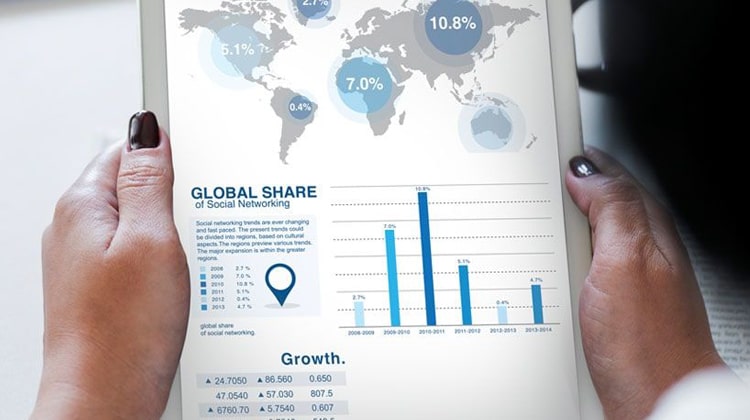
Digital Transformation
Digital transformation is about changing where value is created, and how your business model is structured. More and more, value creation comes from outside the firm not inside, and from external partners rather than internal employees.
Since at least the 1980s, firms have engaged in digital transformations by coordinating, automating, and outsourcing productive activity. Client server architectures replaced mainframes, remaking supply chains and fostering decentralization. Enterprise Resource Planning (ERP) and Customer Relationship Management (CRM) systems automated back office and front office processes. Shifts to cloud and SaaS have changed software evolution and the economics of renting versus owning. Machine learning and artificial intelligence uncover patterns that drive new products and services. During the Covid-19 pandemic, virtual interactions replaced physical interactions out of sheer necessity.
Some of these changes were as straightforward as converting processes from analog to digital. In other cases, companies changed how they worked or what they did.
Yet, amidst all this transformation, something novel — and perhaps fundamental — has changed: where and how companies create value has shifted. More and more, value creation comes from outside the firm not inside, and from external partners rather than internal employees. We call this new production model an “inverted firm,” a change in organizational structure that affects not only the technology but also the managerial governance that attends it.
The most obvious examples of this trend are the platform firms Google, Apple, Facebook, Amazon, and Microsoft. They have managed to achieve scale economies in revenues per employee that would put the hyperscalers of the 19th and early 20th centuries to shame. Facebook and Google do not author the posts or web pages they deliver. Apple, Microsoft, and Google do not write the vast majority of apps in their ecosystems. Alibaba and Amazon never purchase or make an even vaster number of the items they sell. Smaller firms, modeled on platforms, show this same pattern. Sampling from the Forbes Global 2000, platform firms compared to industry controls had much higher market values ($21,726 M vs. $8,243 M), much higher margins (21% vs. 12%), but only half the employees (9,872 vs. 19,000).
To survive, organizations must constantly innovate and transform
We help companies redefine customer experience, explore new operating models, create enhanced digital channels, and build skills required to compete in today’s ever changing digital world. We help organizations think differently through innovative digital strategy, solution design and agility.
DT Steps/Services-
Strategy and Business case Definition – Define and develop business case, operating model and technology architecture while delivering value.
Customer experience / Journey mapping – Analyze, design, map and enhance end to end customer journey for continuous improvement.
Skills and Capabilities – Assess organizational strength, weakness, talent and digital maturity.
Transformation Program Definition – Transform vision into actionable plan by revisiting business models, customer experiences, business processes, and uncovering new opportunities. Maintain a focus on people, technology, process, and change management.
Transformation Program Execution- Design, prototype and execute high-quality solutions by demonstrating return on investment.
Suvin delivers by-
System integration
Cloud transformation and enablement
Advanced data analytics and business intelligenceIntelligent automation.
Intelligent automation.
 Demos
Demos  Colors
Colors 
 Docs
Docs  Support
Support 




















